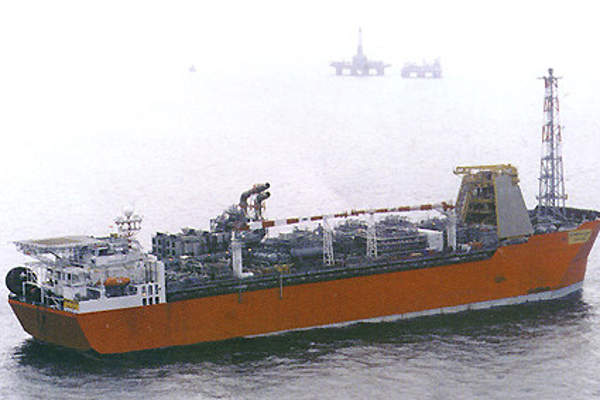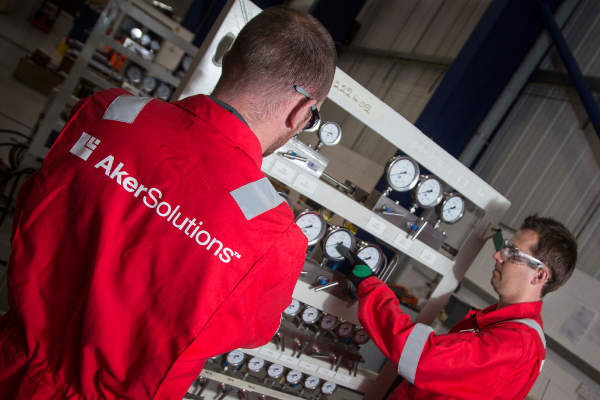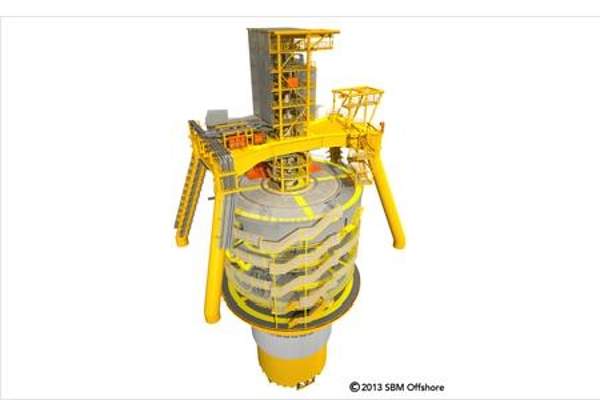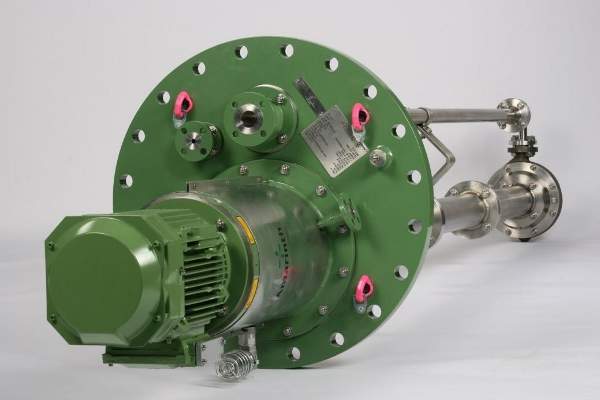
BP’s Quad 204 Project involves the redevelopment of the Schiehallion (one of the biggest UK North Sea Fields) and Loyal fields, located west of the Shetland Islands in Blocks 204 and 205 of the UK Continental Shelf (UKCS) at water depths between 300m and 550m.
The Quad 204 Project will extend the life of the two fields, enabling them to continue production beyond 2035. The project was approved in July 2011 and is estimated to cost £3bn (approximately $5bn). Production began in May 2017.
The partners in the project include BP (36.3%), Shell (36.3%), Hess (12.90%), Statoil (4.84%), OMV (4.84%) and Murphy Petroleum (4.84%).
Schiehallion and Loyal fields started production in 1998 and have produced more than 400 million barrels of oil from 54 wells, with approximately 450 million barrels of resource still estimated to be in place. Oil production from the project is expected to peak at 20,000t a day in 2016, and gas production capacity is expected to be 3.5 million cubic feet a day.
Related content
Technip wins Shetland subsea contract
Technip UK secured a €600m contract from BP and partners to develop the subsea infrastructure for the Quad 204 project.
Quad 204 project details
The project primarily involves the replacement of the existing floating, production, storage and offloading (FPSO) vessel with a larger FPSO designed to accommodate new neighbouring field tie-ins, the development of additional wells and the installation of new subsea infrastructures such as production flowlines, dynamic and static umbilicals, risers and manifolds. Certain existing subsea structures were also decommissioned as part of the project.
The first phase of the project involves the drilling of 17 producer wells and eight water injection wells. The wells will be drilled through 2021 using Odfjell Drilling’s newly built GVA7500 designed drilling rig, Deepsea Aberdeen, through a directional drilling method. The second and third phases provide a further option to develop 24 infill wells in future.
The existing wells and manifolds were tied back to the new FPSO via subsea flowlines and flexible risers. These facilities are temporarily deactivated to facilitate project activities.
The gas export facilities remain unchanged. Gas continues to be exported to the Sullom Voe Terminal (SVT) via the West of Shetland Pipeline System, while oil is delivered using shuttle tankers either to an onshore terminal or directly to markets in northern Europe.
FPSO details
Designed for 25 years of operation, the new Quad 204 FPSO is 270m-long, 52m-wide, possess an operating draft of 14m to 20m, and provide accommodation for 125 people.
It has a liquid processing capacity of 47,800t a day (320,000 barrels a day), a storage capacity of one million barrels, and handles 49,300m³ a day of produced water.
The FPSO is powered by four dual-fuel (produced gas or low-sulphur diesel) turbine generators implementing dry low emissions (DLE) system, with one serving as a standby generator. Waste heat recovery units (WHRUs) are featured on the FPSO.
Contractors involved with the new FPSO
The $1.2bn engineering, procurement and construction (EPC), optional transportation and commissioning assistance contract for the new North Sea field FPSO was awarded to Hyundai Heavy Industries in February 2011. KBR has been subcontracted by HHI to provide engineering design and procurement support services for the FPSO. The FPSO’s layout and hull building specification, including the drawings, were provided by Corbett Marine.
The EPC contract for the internal turret mooring system for the FPSO has been awarded to SBM Offshore. Bowtech Products has been subcontracted by SBM Offshore to supply its Chain Stopper Monitoring System for the installation of the FPSO’s turret mooring system.
Tritech has been subcontracted by SBM to supply its patented RAMS real-time riser and mooring line monitoring system for the FPSO. Vector is supplying its Techlok clamp connectors for the turret system.
The telecoms and security systems for the FPSO is supplied by Page Europa, who further subcontracted BMT Scientific Marine Services (BMT) to supply an integrated marine monitoring system (IMMS).
The winching system for the FPSO’s risers and mooring chains was manufactured by NFM Technologies. The API 610 VS4 vertical sump pumps for the FPSO were supplied by Amarinth.
An ST8 series sewage treatment plant and the inert gas generator package for the FPSO were supplied by Hamworthy, while five more separate water treatment facilities were supplied by Eng-Cad.
The living quarters of the FPSO were designed by Arcadion, the lifeboats equipped within the FPSO were supplied by Norsafe, the seals used for the construction of the FPSO were supplied by Roxtec and the paint for the FPSO was supplied by Jotun.
Emerson Process Engineering provided its patented PlantWeb digital plant architecture, DeltaV digital automation systems, DeltaV SIS process safety system, and AMS Suite predictive maintenance software for the new FPSO. The company was also involved in conducting the front-end engineering design (FEED) for the FPSO.
Subsea contractors for the project
The geotechnical survey for the project was performed by UTEC Geomarine. Fabrication of 44 process fluid handling structures, including manifolds, flowline and riser terminations, subsea isolation valve structures, and 30 control distribution structures including assemblies and umbilical terminations are being handled by Babcock.
The engineering design and project management services for the subsea, umbilical, riser and flowline (SURF) infrastructure were rendered by Wood Group Kenny. Technip was awarded a €600m (approximately $805m) contract to execute certain subsea infrastructure installation works associated with the project.
OneSubsea has been assigned to manufacture 11 subsea trees for the project under a £65m (approximately $109m) contract. Two risers and five infield umbilicals for the project were supplied by Oceaneering.
The subsea control equipment for the project was supplied by Aker Solutions under a Nkr650m (approximately $109m) contract. The company was assisted by HCS Control Systems.
Destec has been contracted to supply its DESFLEX compact flanges for the subsea facilities, while some flanges were supplied by HPF. The oil and gas metering systems and slops separation facilities were supplied by Alderly Systems.
Expro received a seven-year contract from BP to provide vertical Xmas tree landing string for the installation of BP’s subsea completions.












